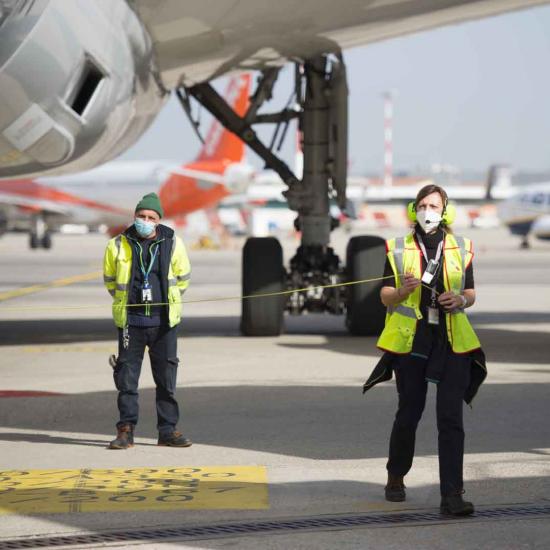
The air transport segment is very much linked to economic trends, both international trends and those of the individual geographic areas.
The complexity of the variables affecting the trend of the air transport segment force it to undergo massive change, which is now focussing on the interaction of airlines in order to achieve scale economies, also with a view to reducing operating costs.
Airport managers, whose business is very much linked to airline development strategies, suffer the volatility of the reference context and, particularly in Europe, in addition to suffering the effects of the crisis in the area, are operating in a highly competitive context, determined by the limited additional supply of airport capacity, which makes infrastructural investments intended to cover this gap particularly important, in order to meet the forecast increase in demand in the medium-term.
Please note that the air transport segment is subject to significant regulation, the evolution of which also affects the strategic choices made by airlines and airports, very often defining the related business paths.

Within the economic context of the European Union, by comparing the carriers competing with each other and the airports operating under a natural monopoly regime, efficient regulations remain a fundamental factor aimed at pursuing the objective of maximising the quality of the services provided to the passengers.
Highights
- In 2014, the Italian airports have transported close to 150.3 million passengers.
- The performance of the 35 Italian airports monitored as members of Assaeroporti reported a strong passenger traffic recovery on 2013 (+4.5%).
- Cargo traffi c at the European airports in 2014 grew 3.8%, for a total of nearly 11 million tonnes of cargo processed. Among the main European cargo sector airports, Malpensa placed first in terms of percentage growth (+9.1%).
Critical issues
- Fragmentation of the commercial traffic over a high number of airports (47 sites);
- difficult access to the airports characterised by insufficient connections;
- lack of intermodality, especially as regards railroads (6 Italian airports are connected through the rail system and among these airports only Malpensa is connected with high speed trains);
- absence of efficient national and regional planning. The "Regional Plans for Transports" (PRT) date back to the 90s and in many cases they have not even been implemented
